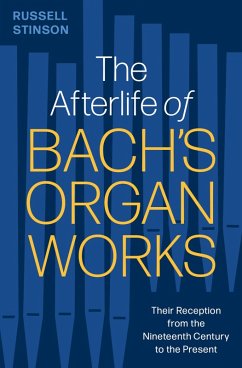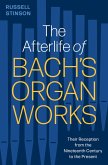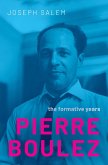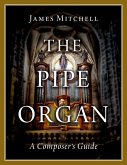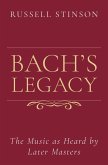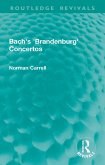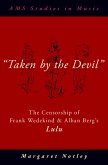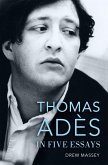The music of J. S. Bach continues to be revered and celebrated centuries after his death. Its timelessness can be attributed to masterful musical engineering combined with profound expressivity. In other words, Bach's unique art may represent the pinnacle of contrapuntal technique, but it is just as amazing for its depth of emotion. Bach's compositions remain an indispensable part of the classical-music canon today.
The Afterlife of Bach's Organ Works explores the critical impact made on posterity by Bach's organ music. It concerns a diverse group of musicians and non-musicians alike--some famous, some forgotten--who in one way or another became champions of these compositions. These individuals performed the music; edited it for publication; promoted it by means of books, articles, and reviews; transcribed it for other media; taught it to their pupils; shared it with their family and friends; and incorporated it into the soundtracks of their motion pictures. They ensured its "afterlife." In five chapters, organist and Bach expert Russell Stinson traces the historical afterlife of Bach's organ music from the early nineteenth century--the era of the so-called Bach revival--to the present day. Engagingly written and containing a wealth of information previously unavailable in English, the book is a history of performance practice, an aesthetic history of musical taste, and a social history. Each chapter tells the story of how and why Bach's organ works have stood the test of time.
Dieser Download kann aus rechtlichen Gründen nur mit Rechnungsadresse in A, B, BG, CY, CZ, D, DK, EW, E, FIN, F, GR, HR, H, IRL, I, LT, L, LR, M, NL, PL, P, R, S, SLO, SK ausgeliefert werden.

